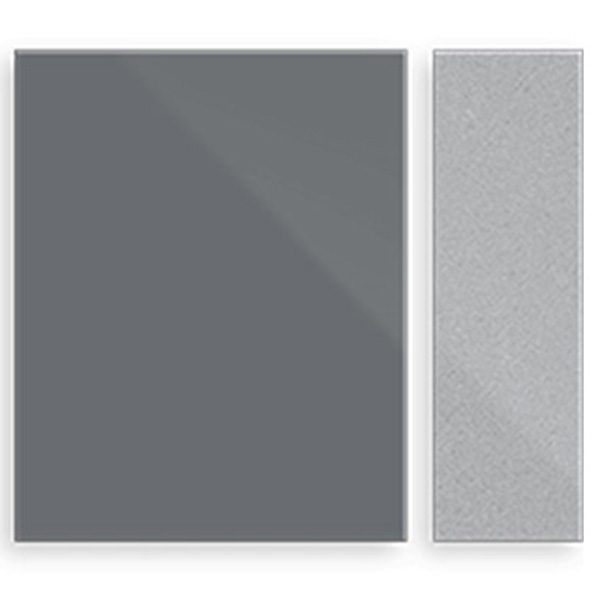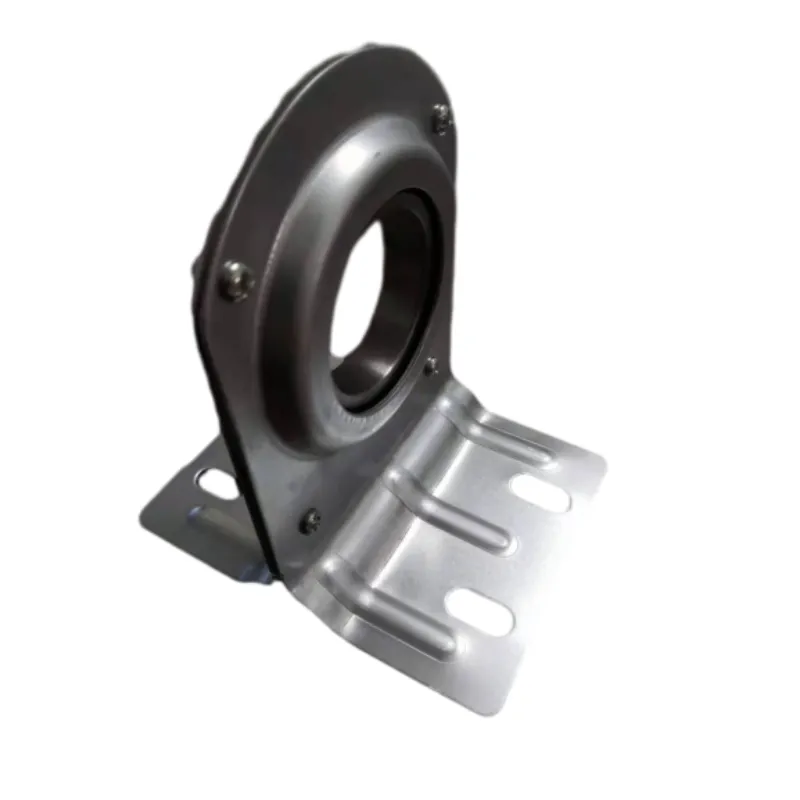
Jul . 07, 2025 05:20 Back to list
High Precision NU Type Cylindrical Roller Bearing - Durable, Low Noise & Easy Installation
- Introduction and Overview of nu type cylindrical roller bearing
- Technical Advantages of Cylindrical Roller Bearings
- Comparing Manufacturer Brands: Data & Performance
- Customization Solutions and Engineering Options
- Application Scenarios and Real-World Case Studies
- Maintenance, Installation, and Lifecycle Optimization
- Conclusion: Transforming Industries with nu type cylindrical roller bearing

(nu type cylindrical roller bearing)
Introduction and Overview of nu type cylindrical roller bearing
The nu type cylindrical roller bearing is a distinguished member of the cylindrical roller bearing family, primarily celebrated for its robust design and versatile performance across demanding industrial environments. Unlike typical ball bearings, cylindrical roller bearings are known for their high radial load capacity and low friction coefficient. In this comprehensive guide, we will explore the nuances of nu type cylindrical roller bearing, its related models—such as n type cylindrical roller bearing and nup type cylindrical roller bearing—and uncover why these products drive efficiency and reliability worldwide. Their single-row or double-row arrangements, combined with separable inner or outer rings, offer unmatched convenience in assembly and maintenance, making them a staple across diverse sectors from electrical motors to heavy machinery.
Technical Advantages of Cylindrical Roller Bearings
One central technical distinction of cylindrical roller bearings is in their ability to distribute high radial loads over a larger contact area compared to ball bearings. For the nu type, the design ensures free axial movement of the shaft relative to the housing, which is key for thermal expansion in rotating equipment. This is particularly valuable in motor drives, compressors, turbines, and gearboxes.
Data from sector analyses indicates that while ball bearings max out at approximately 2,500 N (Newton) of dynamic load, many standard n type cylindrical roller bearing models can withstand dynamic loads exceeding 4,000 N. The precision of the rolling element geometry and advanced heat-treatment protocols produce a bearing capable of operating smoothly at speeds up to 7,000 RPM in select applications.
Furthermore, the nup type cylindrical roller bearing variant provides axial location capabilities in both directions, which is vital in applications with axial loads or those requiring shaft positioning. Multiple sealing options also ensure consistent lubrication and protection against contaminants, extending operational lifespan by up to 30% compared to conventional alternatives, according to manufacturer life-cycle testing.
Comparing Manufacturer Brands: Data & Performance
With the rising demand for elevated load capacities and minimized downtime, engineers pay close attention to manufacturer differences in bearing performance. Below is a comparative table of leading global cylindrical roller bearing suppliers, highlighting key specifications:
| Brand | Model | Dynamic Load Capacity (N) | Limiting Speed (RPM) | Sealing Options | Service Life (hrs, L10) | Material |
|---|---|---|---|---|---|---|
| SKF | NU 2205 ECP | 5,100 | 8,000 | Open, Seal | 35,000 | Chrome Steel |
| NSK | NU205EM | 4,800 | 7,600 | Open | 33,000 | High-Carbon Chromium Steel |
| FAG | NU2205-E-TVP2 | 5,000 | 7,400 | Open | 34,000 | Carburized Steel |
| NTN | NU2205 | 4,900 | 8,300 | Open, Shielded | 32,500 | Bearing Steel |
| TIMKEN | NU2205EMA | 5,300 | 8,100 | Open, Sealed | 36,000 | Alloy Steel |
As represented, incremental variations in load rating and speed, along with advancements in materials and sealing technology, yield real-world impact. The right brand choice depends upon application parameters, required lifespan, price point, and after-sales support. Stringent quality control protocols, like those from SKF and Timken, ensure reliability in critical applications.
Customization Solutions and Engineering Options
Industrial environments are rarely one-size-fits-all, driving the need for customization of n type cylindrical roller bearing, nu, and nup configurations. Technologically advanced suppliers now offer tailored services, from specific internal clearances to custom cage materials (e.g., brass, steel, polyamide) and precision ground surfaces. For example, mining conveyor designs may necessitate high-impact absorptive cages, while motor designs focus on low-friction, low-vibration performance.
Customization extends to special coatings, such as black oxide treatments for enhanced corrosion resistance in humid or chemically aggressive settings. Dimensional adjustments ensure dropout-free fitting in legacy or high-performance machinery. Enhanced sealing systems, including labyrinth or-contact seals, are strongly recommended for high-contaminant exposure, reducing scheduled maintenance cycles by up to 50%. Advanced sensor integration, such as vibration and temperature monitoring devices, is increasingly specified for predictive maintenance in Industry 4.0 settings.
A notable trend is the specification of “super-finished” raceways—offering surface roughness values below Ra 0.1 μm, drastically reducing initial run-in wear and improving bearing longevity by over 20% in dynamic lab trials.
Application Scenarios and Real-World Case Studies
The remarkable versatility of cylindrical roller bearing variants is reflected across heavy industry, energy, transportation, and precision engineering. In wind turbines, the articulation flexibility and radial load capacity of nu type bearings accommodate fluctuating shaft deflections due to wind shear and tower oscillation, reducing service interventions from annual to biennial cycles.
In steel manufacturing, n type cylindrical roller bearings excel in roller tables and continuous casting machines. Bearings in these contexts may encounter loads upwards of 6,000 N and high temperatures, yet optimized models have proven to extend operational cycles by 18 months. For rail transportation, nup type cylindrical roller bearing designs are crucial in axle boxes where maximum radial load and precise shaft location are both imperative.
A prominent case study involves a European paper mill that upgraded its drying section from standard to custom nup type bearings with advanced sealing. The result was a 22% increase in machine uptime and cost savings exceeding USD 160,000 per annum on repairs and unscheduled production halts.
These examples underscore how selecting the appropriate cylindrical roller bearing model and specification—well matched to operating and environmental conditions—can yield transformative operational and financial results.
Maintenance, Installation, and Lifecycle Optimization
Proper handling, installation, lubrication, and monitoring are fundamental to extracting maximum service from cylindrical roller bearing variants. Misalignment and inadequate lubrication remain leading contributors to premature failure, responsible for over 40% of bearing breakdowns according to statistical analyses from industry surveys.
Employing precision-specified tools for mounting, ensuring shaft and housing tolerances are within manufacturer parameters (usually within 0.01 mm), and following manufacturer-recommended lubrication intervals (often every 3,000 operating hours) are essential practices. For higher-performance nu type cylindrical roller bearing and nup typologies, condition monitoring sensors for vibration and temperature often yield an ROI within one year due to reductions in unplanned downtime.
Many leading suppliers provide training programs, online tools for calculated service life prediction, and predictive analytics platforms to optimize replacement schedules. Adhering to these guidelines can extend bearing service life by 25-40% and significantly lower total cost of ownership over the machinery's operational cycle.
Conclusion: Transforming Industries with nu type cylindrical roller bearing
Through careful selection, expert application, and proactive maintenance strategies, the nu type cylindrical roller bearing and its closely related models (n type and nup type) are reshaping the landscape of modern industrial engineering. These bearings not only deliver outstanding radial load capacity and thermal adaptability but also enable advancements in machinery reliability, efficiency, and operating cost reduction. With continuous material and design innovation, as well as robust aftermarket support, the future of industrial applications finds a steadfast cornerstone in advanced cylindrical roller bearing technology.

(nu type cylindrical roller bearing)
FAQS on nu type cylindrical roller bearing
Q: What distinguishes an NU type cylindrical roller bearing from other types?
A: NU type cylindrical roller bearings have two integral flanges on the outer ring and no flanges on the inner ring. This allows axial displacement in both directions. They are ideal for free-end bearing arrangements.
Q: How does an N type cylindrical roller bearing function?
A: N type cylindrical roller bearings have flanges on the inner ring and none on the outer ring. This enables the shaft to move axially relative to the housing. They're commonly used for accommodating thermal expansion.
Q: What is the key feature of NUP type cylindrical roller bearings?
A: NUP type cylindrical roller bearings have two flanges on the outer ring and one fixed flange plus one loose flange on the inner ring. This design allows them to locate the shaft in both directions. They are suitable for fixed-end bearing arrangements.
Q: Can NU type cylindrical roller bearings support axial loads?
A: NU type cylindrical roller bearings are primarily designed for radial loads. They can only accommodate limited axial displacement and not significant axial loads. For axial load support, other types like NUP are recommended.
Q: In which applications are cylindrical roller bearings most commonly used?
A: Cylindrical roller bearings, including NU, N, and NUP types, are commonly used in gearboxes, electric motors, and machines requiring high radial load capacities. Their specific design accommodates various displacement and load requirements. Each type serves best in specific shaft arrangement scenarios.
Latest news
-
Ball Bearing 6001 – Reliable Deep Groove Bearings for Machinery & Industry
NewsNov.24,2025
-
Comprehensive Guide to 6305 2rsr Bearings – Specs, Uses & Vendors
NewsNov.24,2025
-
In-Depth Guide to 6003z Bearing Dimensions: Specs, Applications & Vendors
NewsNov.23,2025
-
Understanding the 6201 Z Bearing - Specifications, Applications, & Future Trends
NewsNov.23,2025
-
Everything You Need to Know About 6001 C3 Bearing – Specs, Uses, and Advantages
NewsNov.22,2025
-
6208 zz Bearing – Key Technical Insights, Applications & Vendor Comparison
NewsNov.22,2025
